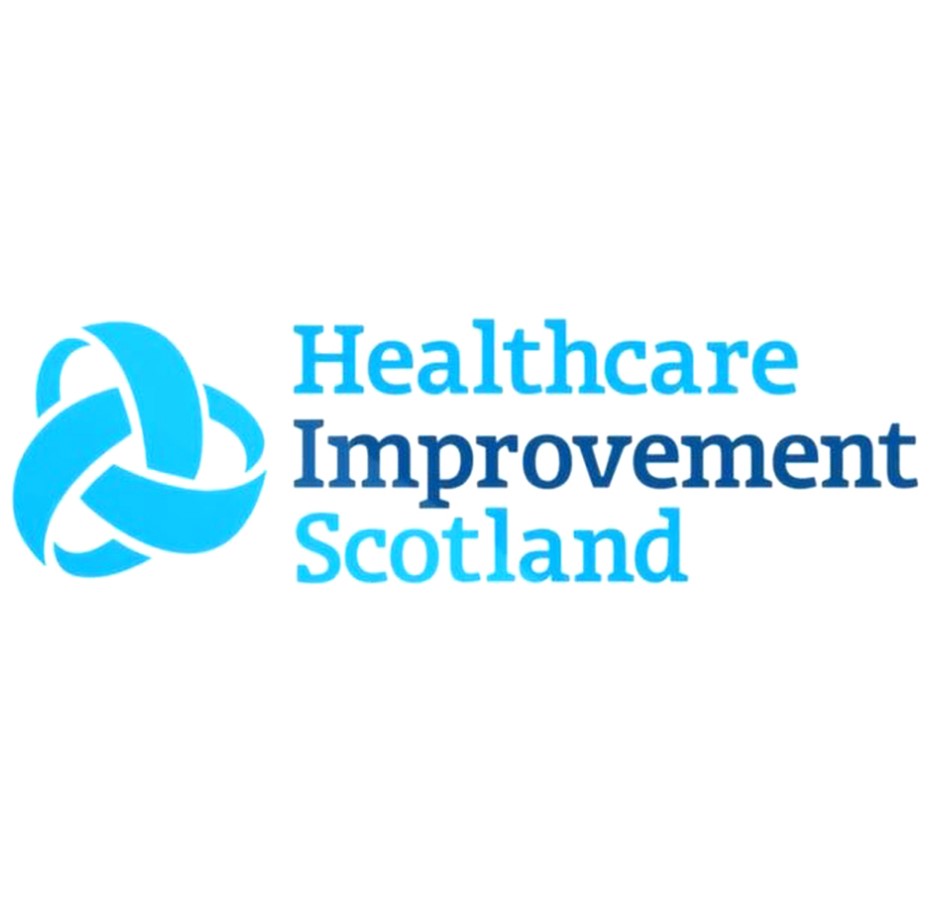Skip to main content
Announcements and latest updates
- Plan and document care of the patient including taking account of family considerations; an individualised care plan or checklist may be useful.
- Discuss prognosis (patient is dying), goals of care (maintaining comfort), and preferred place of death with patient and family, as appropriate.
- Clarify resuscitation status; check DNACPR form has been completed (refer to national policy and ReSPECT).
- Reassure the patient and family that full supportive care will continue.
- Stop unnecessary investigations and monitoring (blood pressure, pulse, temperature).
- Discontinue unnecessary medication not needed for symptom control, and review daily.
- Prescribe anticipatory medications for symptom control ('Just in case' container in community).
- Some patients may still benefit from oral diuretics, adjuvant analgesics and bicarbonate.
- If able to swallow, consider liquid formulations. Otherwise use the subcutaneous (SC) or rectal route.
- Offer oral fluids, maintaining any fluid restriction; review the patient’s requirement for clinically-assisted hydration in order to maintain comfort.
- Comfort nursing care (pressure relieving mattress, reposition for comfort only), eye care, mouth care (sips of fluid, oral gel), bladder and bowel care.

